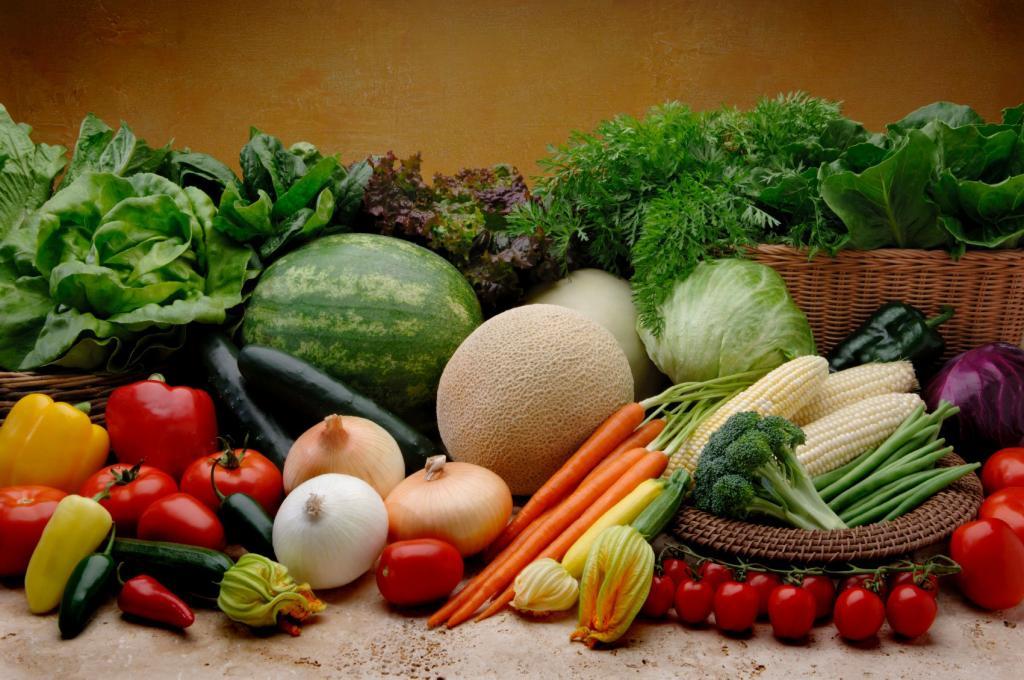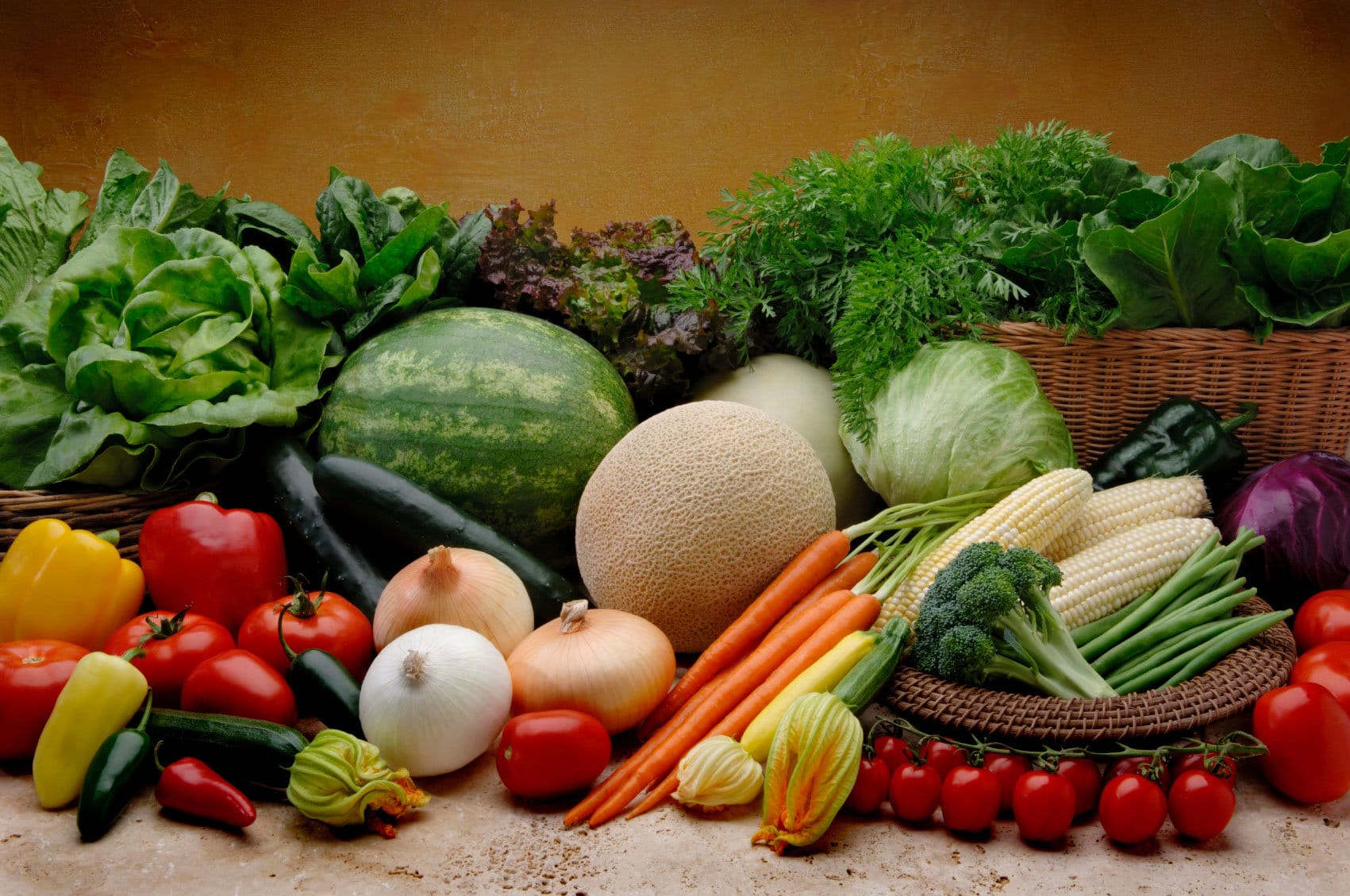Creative Ways To Get More Out Of Your Vegetable Garden
If you lack the space for a full-scale garden, you can still grow your own fresh fruits, vegetables and culinary herbs. The only requirement is that you have access to an outdoor space, such as around your home’s foundation, deck, patio, or on a balcony.
Here are a few stealthy ideas to grow more healthy and delicious fruits and vegetables this year:
If you live in a home with landscape plants around its foundation, you have plenty of opportunities to grow fresh produce. Assuming you have permission to modify the existing landscaping, you can weave in a many different kinds of food-producing plants. The key to doing this without making your home look like an eyesore is to look for plants that are both beautiful and yield a tasty crop. You will also want to be sure your ornamental plants aren’t sprayed with chemicals or pesticides that can contaminate your food-producing plants.
Most traditional landscape designs consist of a variety of ornamental trees, bushes, shrubs and flowering plants. While this approach can be very pleasing to the eye, it doesn’t do much for your stomach. So, instead of planting strictly ornamental landscape plants to improve your home’s curb appeal, start looking for edible alternatives that are suitable for your climate.
For example, many fruit-bearing trees, including apples, pears, plums, peaches or cherries, are available in compact, attractive varieties. Blueberries are both delicious and nutritious, but many people don’t realize they grow on beautiful ornamental bushes that can add 3-season appeal to your landscape design. Compact bush beans form attractive deep green mounds that look lovely, especially when planted en masse. The gorgeous Swiss Chard ‘Bright Lights’ variety creates an eye-catching color pallet with its deep red and yellow stalks and dark green leaves.
In the fall, you can tuck some hard-neck seed garlic in amongst your established landscape plants. To make them easier to find next year, plant them in clusters. Then, once they develop those charming gooseneck scapes in the spring, cut them off to force the plant’s energy back into the bulb. Don’t let them go to waste, however. Tender garlic scapes are delicious chopped and used on top of baked potatoes, fresh salads or in soups.

Thyme is also a welcome addition to any landscape because of its gentle creeping habit and wonderful fragrance when it is disturbed. For this reason, thyme is ideal for filling in along paths and walkways. For a more distinctive look and wonderful citrusy aroma, look for the lovely lemon variety. If you plan to use your thyme in recipes, plant some in elevated containers or in an out-of-reach area where domestic pets or other animals aren’t likely to do their business on it.
Sage, with its soft greyish-green leaves, is another herb that is as beautiful as it is delicious.
Planted in groups, it makes an attractive focal point at the front of a landscape bed. To enjoy, snip several leaves to make a delicious browned butter and sage sauce to top fresh gnocchi or pumpkin ravioli.
Even plants that aren’t traditionally attractive can add visual appeal to a landscape. For example, cherry or pear tomato plants aren’t necessarily pretty by themselves, but look great when added to large colorful containers and set in amongst other ornamentals. Try this old design trick: use an odd-number of containers to create a strong visual statement. A collection of 3 or 5 cobalt blue planters with neatly staked and well-maintained plants creates a visually interesting display.
Speaking of containers, don’t forget to tuck fragrant herbs and edible flowers in amongst your more traditional annual ornamental flowers. Rosemary is a great addition to container gardens because it offers a strong vertical element that complements plants with more compact and trailing growth habits. You may want to consider edible flowers such as violas and chive blossoms, as well.
If your planting area is confined to a small patio or balcony, don’t despair. You can still grow a lot of wonderful culinary herbs, dwarf fruit plants and a couple of tomato plants in a very small space. In fact, you may be pleasantly surprised by how much your modest areas can produce.



Leave a Reply